mobile View, to the German Version tap the flag


- Hanse
- 12th to 17th Jahrhundert
- League of Cities under leadership of Lübeck City
• Flag
• Meaning/Origin of the Flag
• History
• Flags of some Hanse cities
• Origin of the Name
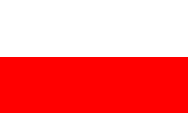
Colours of the Hansetic League




The Hanseatic League had no constitution and no official common flag. Normally, at sea, the flags of that Hanseatic city was used where the respective ship came from. That was usually especially in times of peace. In war, the Hanseatic League could muster a huge fleet, and there exist old paintings, which show war ships of the Hanseatic League with a flag with two stripes in white and red, an unofficial common symbol. The colors red and white had been the colors of the most Hanseatic cities, especially in the Baltic Sea, and here especially the colors of the city of Lübeck. Lübeck was the most powerful city in the Hanseatic League and thus setting the tone, and their colours were the model for many Hanseatic cities and in this way they became the common colors of the Hanseatic League.
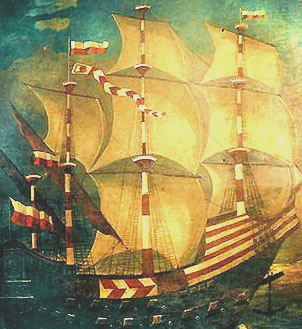
Source: Volker Preuß

The Hanseatic League was a loose federation with no fixed constitution. It originated in the 12th century as a federation of traders in the North and Baltic Sea region, as a marriage of convenience for trade interests and mutual support. In the 13th century, it became a league of cities under the leadership of Lübeck Town. Oftenly the interests of the Hanse contradicted to the the interests of the emperor and the empire. Important decisions had bee passed during the Hanseatic Days, done mostly in Lübeck. What was decided here was binding. The Hanseatic towns covered an area from the Lower Rhine to Livonia and from Stockholm to Krakau and Breslau. There were branches inter alia in London, Bergen, Oslo, Copenhagen and Novgorod. At times 160 cities were part of the league, which could muster a vigorous naval force to protect their interests, whether against pirates or openly, against England, Flanders and Denmark. The country's rulers forced in late Middle Ages the cities to withdraw from the Hanseatic League, and they could do nothing against the growing strength of th states in the Baltic and North Sea. Ships from the Netherlands and England advanced into the Baltic Sea and removed the privileges of the Hanseatic League. On the last Hanseatic Day in 1669 only 6 cities were represented.
Quelle: Discovery '97

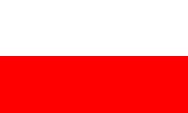
Flag of Lübeck



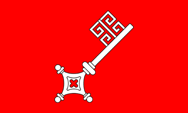
Flag of Bremen



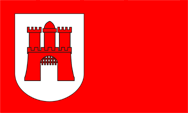
Flag of Hamburg



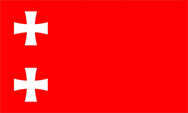
Flag of Danzig (Gdansk)



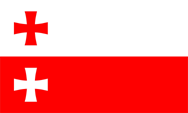
Flag of Elbing (Elbląg)



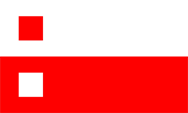
Flag of Stettin (Szczecin)



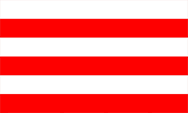
Flag of Wismar



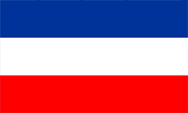
Flag of Rostock




Flag of Königsberg (Kaliningrad)



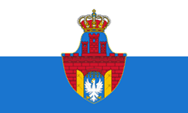
Flag of Krakau (Cracow, Kraków)




The name "Hansa" has its roots in the Old High German word "Hansa", which is to translate as "Federation" or "Company".
Source: Discovery '97


![]()


















